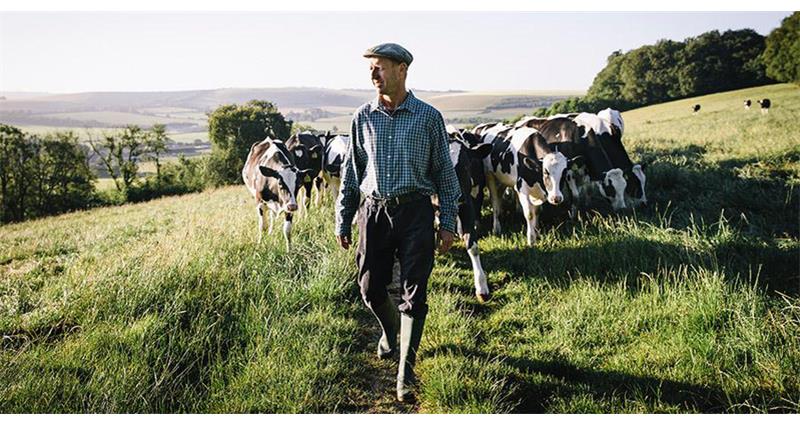Jamie and Will Butler, who farm in Petersfield, have been doing all they can to grow food and enhance the farmed environment, putting in place a variety of regenerative farming measures including changing the way they fertilise their farm, planting hedgerows and putting helpful bacteria in their slurry.
The 1,200 acre mixed dairy and arable farm is home to a 400-strong dairy cow herd and grows forage crops, as well as wheat and barley.
Good yields and high output
The farm has always maintained good yields and high output, but with climate change concerns growing, Jamie and Will have turned their attention towards a much more sustainable and regenerative approach and are aiming to turn the family business into the most productive regenerative farm in the UK.
This involves measures to improve soil health, reducing the need for crop protection products and significantly improving biodiversity.
Will said he had decided to change the way he applied fertiliser to his crops, opting for a foliar system whereby a dilute solution is applied directly to the leaves in order to supply plants with the nutrients needed for good growth.
Less fuel and fertiliser
“We want to reduce our reliance on fossil fuels and in the world of farming, the big ones for us are the use of fuel and fertiliser,” he said.
“Reducing our use of fuel and fertiliser and maintaining nutrients within the farming cycle are key things that we do in terms of climate change reductions and reducing carbon emissions.
“We want to keep nitrogen going back into the crop rather than going anywhere near our waterways so anything we can do in that area is helpful.
“We’re now using foliar fertilisers rather than soil-based fertilisers so there’s immediately a 75% reduction in the amount of nitrogen we need and we can still get a similar crop yield.
Lock in nutrients
“We also want to increase the biology across the whole farm so we put bacteria in our slurry to stabilise it and that locks in more nutrients to go back into the crop and prevents nitrogen leeching out.”
In winter, Jamie and Will cover bare land with crops to protect their soil and they have also planted hedgerows and put in wetlands as a way of increasing biodiversity.
Jamie said: “Anything that improves the biodiversity on the farm is good from a farming point of view because it reduces the need for crop protection products – and it’s also good for nature as well.”






